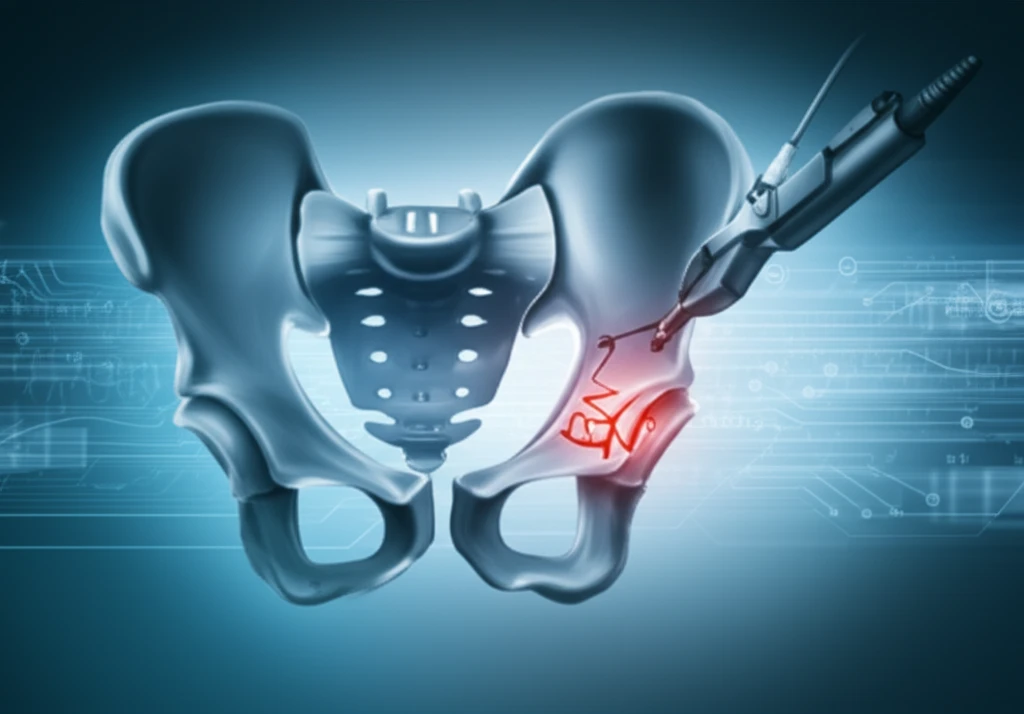
Beyond the Ilioinguinal: Is the Pararectus Approach the Future of Acetabular Fracture Fixation?
"Discover how the pararectus approach offers a promising alternative for treating anterior column acetabular fractures, potentially improving patient outcomes and surgical efficiency."
Acetabular fractures, particularly those involving the anterior column, present a significant challenge in orthopedic surgery. The traditional ilioinguinal approach, while considered the gold standard for decades, has known limitations, including extensive dissection and potential complications. As the population ages and the complexity of these fractures increases, surgeons are seeking alternative techniques to improve patient outcomes.
One such alternative is the pararectus approach, a surgical technique gaining traction for its ability to provide direct access to the anterior column and quadrilateral plate of the acetabulum while minimizing soft tissue damage. This approach aims to address the shortcomings of the ilioinguinal method, offering potentially better visualization, reduction, and fixation of complex fractures.
This article delves into the pararectus approach, examining its benefits, surgical technique, and functional outcomes compared to traditional methods. By exploring the findings of a recent study on the pararectus approach, we aim to provide insights into how this technique could revolutionize the treatment of acetabular fractures, offering hope for improved recovery and function for patients.
The Pararectus Approach: A New Hope for Acetabular Fracture Fixation?

A recent study published in International Orthopaedics investigated the effectiveness of the pararectus approach for treating acetabular fractures involving the anterior column. The study retrospectively analyzed data from 52 patients who underwent surgical fixation using the pararectus approach. The primary goal was to evaluate the functional mid-term outcomes, specifically two years post-operation.
- Direct Visualization: Offers improved access and visualization of the fracture site, crucial for accurate reduction.
- Minimally Invasive: Reduces soft tissue damage compared to the ilioinguinal approach, potentially leading to faster recovery.
- Comprehensive Fixation: Allows for effective fixation of both the anterior column and quadrilateral plate.
The Future of Acetabular Fracture Treatment: A Shift Towards the Pararectus Approach?
The study's findings suggest that the pararectus approach is a viable and potentially superior alternative to the traditional ilioinguinal approach for treating acetabular fractures involving the anterior column. Its ability to provide direct visualization, minimize soft tissue damage, and achieve comprehensive fixation makes it an attractive option for surgeons seeking to improve patient outcomes.
While the pararectus approach shows great promise, it's important to acknowledge the limitations of the study, including its retrospective nature and limited sample size. Further prospective, multi-center studies are needed to validate these findings and establish the pararectus approach as a standard of care.
As research continues to explore the benefits and refine the technique, the pararectus approach may become the preferred method for treating these challenging injuries, ultimately leading to improved quality of life for patients with acetabular fractures.
